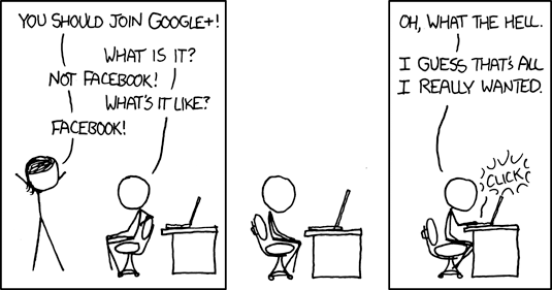Andy Baio cited the Jeff Koons case, in regards to his trouble with Kind of Bloop
This kind of transformation is the foundation of fair use. In a 2006 verdict, the court found artist Jeff Koons’ use of a fashion photo “adds something new, with a further purpose or different character, altering the first with new expression, meaning, or message.”
I don’t think there’s any question that Kind of Bloop’s cover illustration does the same thing. Maisel disagreed.
I think Maisel’s lawyers would cite Cariou vs. Prince. There are questions, and they are kind of valid.

I would have recommend the circled ones; compositionally less dependent on the source image.




